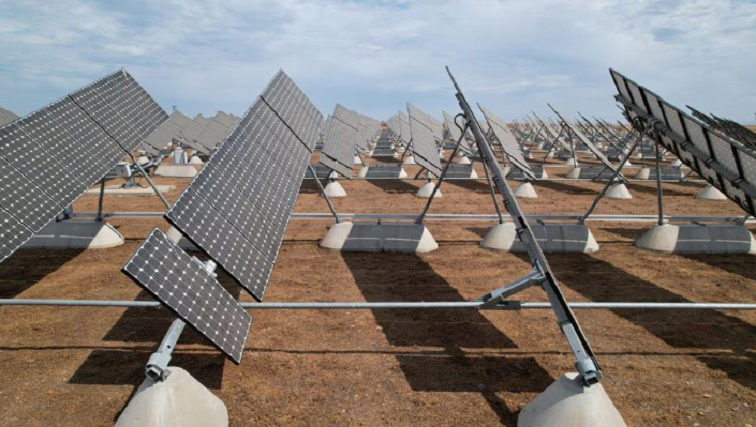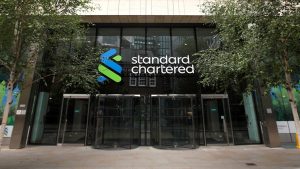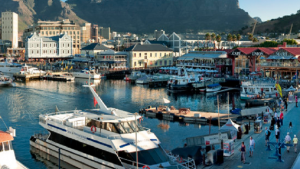The Competition Commission says it’s keeping an eye on the absence of regulation on the increased use of solar panels and batteries.
The Commission held its 17th annual conference under the theme “Towards Competitive Markets, Transformation and Deconcentration.”
One of the topics the conference explored is the energy landscape that has been shaped by the surge in blackouts and the growth of alternative energy markets in South Africa.
“As consumers in South Africa have had to make a plan essentially to minimise the impact of load shedding, so there’s been an upsurge in the use of solar panels, batteries and invertors by local businesses and also by homes. It has created a new market; there is an association now that’s even been established which has begun to do some standard setting. It’s an import market so most of these products are coming from other markets primarily China, Japan and Canada. There are some dynamics around that we are interested in the top 10 suppliers of household solar products and only one is South African at the manufacturing level of those products, so there is issues of local capacity.
We are concerned though with the absence of regulation particularly on accreditation and standards setting which is being done by industry. This is something we are watching because we have had competition problems in the past related to price setting that has led to forms of cartels so this is an area which we will continue engaging the association on if need be,” says Khanyisa Qobo of the Competition Commission.
The South African National Energy Development Institute (SANEDI) also advised that solving load shedding will require lots of investment and infrastructure that can last for years.
“As we go through the transition, it’s important to bear in mind that unlike the developed world, and generally global north, they have a very stable power system; all you’re doing is pool switching which means taking out coal, taking out the gas, switching into other technologies. In developing countries like ourselves and our BRICS partners we’ve to got this growth of energy demand and as we fill up the growth we also have to switch. Kind of like a double conundrum.
So where we got to was, in the midst of 2008 we had our first bout of load shedding and it is really symptomatic of long-term planning and long-term implementation. Solving this crisis of load shedding requires lots of investment and lots of infrastructure that typically lasts anywhere between 25 years for renewables, wind and solar. But 50, 60 even 80 years with technologies like nuclear and that’s why we have policies like IRP which gives a lot of certainty in how we choose these technologies; how do we get to get towards making sure that we have enough capacity to support economic activity but also making sure that as we transition; we transition as a country towards cleaner, low carbon resources and that is very very critical,” explains Prof Prathaban Moodley of SANEDI.
Energy Crisis | Load shedding will be with us until the end of 2024: Prof Hartmut Winkler:





